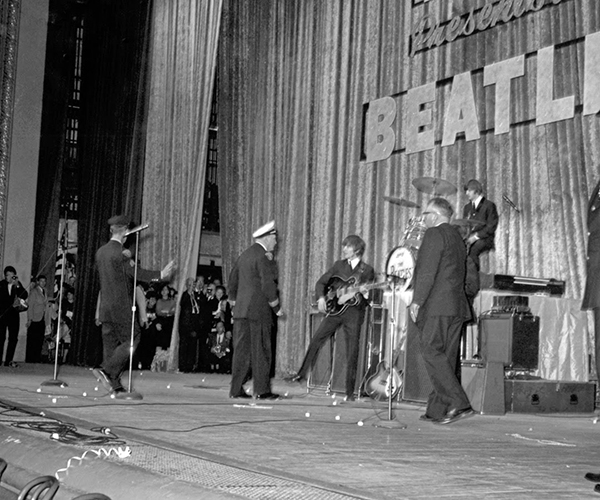Famed Chicago architect Daniel Burnham designed Cleveland's Group Plan, with six government buildings around downtown's Mall, to be the center of the city's public life. The Beaux Arts structures with very similar heights and classical designs still rank among the city's finest.
Old Federal Building / 1910 /
Built as a post office, customs house and courthouse, the first Group Plan building houses federal offices and bankruptcy court. The statues outside, Jurisprudence and Commerce, were created by Daniel Chester French, sculptor of the Lincoln Memorial's statue. 201 Superior Ave., Cleveland
Cleveland Public Library / 1925 /
The library's main building is built around twin grand staircases and Italian marble lobbies and hallways. It's the same height and width as the Federal Building next door. 325 Superior Ave., Cleveland
Board of Education / 1930 /
The two-story lobby with blue-green marble pillars faces the Mall and a statue of Lincoln. The cash-strapped Cleveland schools may sell the six-story building, possibly to a hotel developer. 1380 E. Sixth St., Cleveland
Public Auditorium / 1922 /
The nation's largest convention hall when it opened, Public Auditorium hosted the 1924 and 1936 Republican conventions. The 11,500-seat main hall is known for good acoustics. 1220 E. Sixth St., Cleveland
City Hall / 1916 /
Cleveland's 1910s status as the nation's sixth-largest city is reflected in City Hall's grand design, especially in the massive mayor's office, with its rich wood details, and the three-story, oak-paneled City Council chamber. 601 Lakeside Ave., Cleveland
Old County Courthouse / 1911 /
The near-twin of City Hall stands at the end of Ontario Street. Statues around the exterior honor great lawgivers, from Moses to Thomas Jefferson. 1 Lakeside Ave., Cleveland



